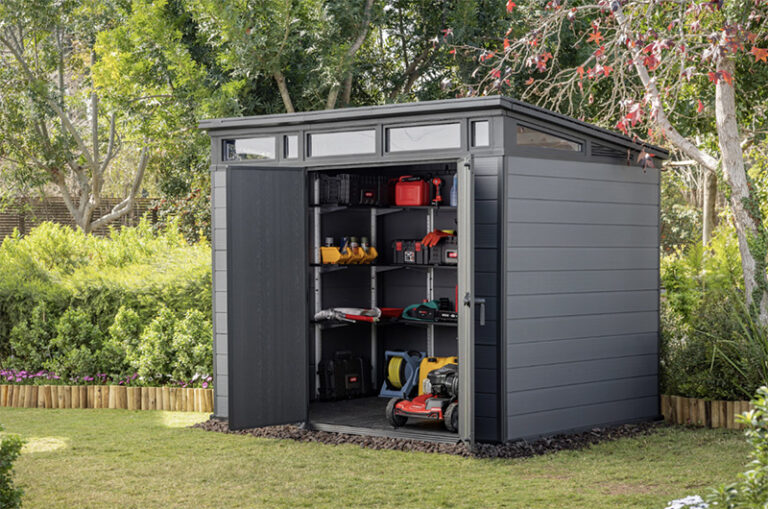For people who love running, it becomes second nature to say yes to difficult questions. Go for your run even though you’ve got a stuffy nose and a tickle in your throat? Sure. Add a few hill repeats even though you’ve already reached your target mileage? No prob. Head out for a 5-miler even though it’s unseasonably hot/pouring buckets/there’s 8 inches of snow and ice on the road? Why not!
This inherent dedication (ahem, illogical stubbornness?) might be why the well-known, science-backed practice of long, slow distance—a cornerstone of aerobic training—feels so counterintuitive to many a runner. Do most of your runs at a relaxed, easy pace, when you could push a little harder? Psh.
I asked Amy Yeoman—a sports nutritionist and athletic coach at Fuel to Thrive and a triathlete herself—what long slow distance really means, what the benefits are, and how runners can incorporate that training into their weekly routine.
“When you’re thinking about your weekly mileage, it’s making sure that more of your mileage is made up of that [easier] effort,” Yeoman says. A ratio of 80:20 is often suggested (80 percent of a week’s miles at an easy pace, 20 percent devoted to more challenging runs), but Yeoman says it really depends on the person. For more experienced runners, that slower pace can be less than 80 percent of the week, but for new runners, it’s good to err more on the side of 80:20.
“Basically, running slowly builds the foundation for everything else, from your own physiological state to your running efficiency,” says Yeoman. “It’s so good at helping build your joints and ligaments and tendons and muscles to be able to withstand more intense efforts. It also builds the body’s ability to be efficient with oxygen.”
How slow is “slow”? There are a few ways to gauge this—1-3 minutes slower than your 10k pace, a run where your heart rate stays at 70% or less of your maximum heart rate, or simply a pace where you can run while easily carrying on a conversation.
As you run at a slower pace, your body becomes more efficient, you build up tolerance for longer periods on your feet, and you avoid the stress that can lead to injury because your body is not being pushed as hard or having as much to recover from. In time, this enables runners to get faster. These slow runs are then complemented with tougher efforts that challenge the body and build speed.
It’s worth noting that when you mix in those harder efforts that bring your heart rate closer to threshold pace, there are many ways to make this type of training work. “You can get creative with it. The whole workout doesn’t have to be long and slow,” says Yeoman. You could take three of a week’s runs at an easy pace and make the fourth run a speed workout at the track, or you could maintain a good ratio of slow to hard within a single workout by incorporating high speed intervals sandwiched within easy miles. Regardless, it’s the mix of more long and slow with less fast and hard that leads to results.
“Ideally, people find that they can get faster because their body gets more efficient,” says Yeoman. The challenging workouts help runners progress in speed and fitness, and the slower paces allow for quicker recovery and increased endurance.
Building a good base this winter could lead to some PRs when spring races come around. “Once you’ve set a good foundation in your endurance base, you should be able to run faster at an easier effort,” says Yeoman.
Sarah Hauge is a writer and editor who lives in Spokane with her husband and two children. She’ll be attempting to get in lots of long, slow runs this fall and winter in preparation for spring races.
Cover Photo Bri Loveall













